1. A&P
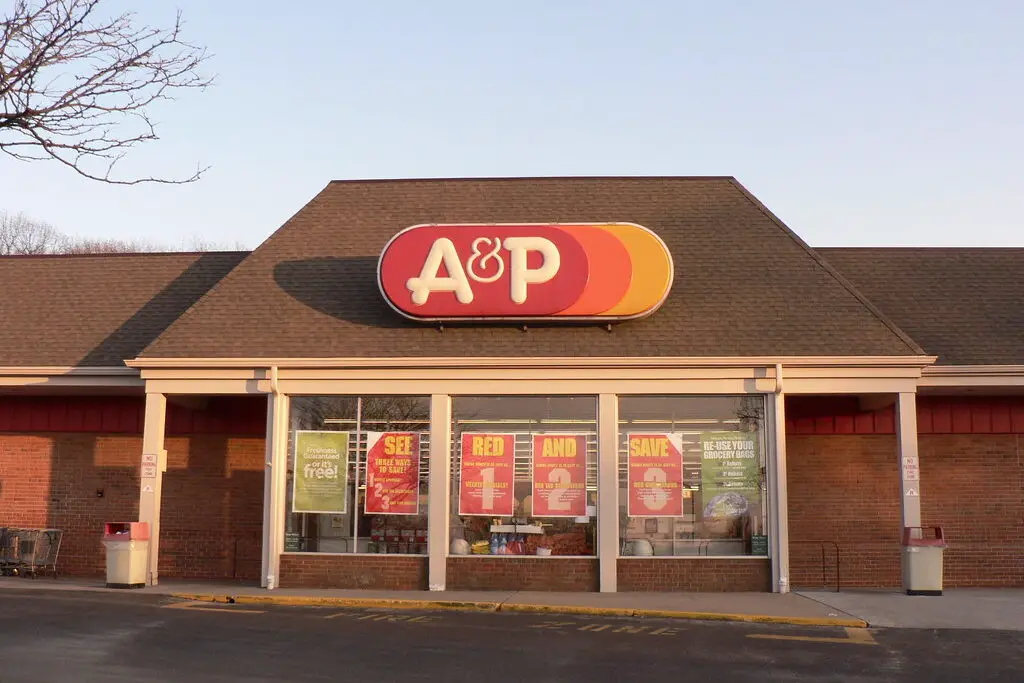
Your parents probably did their weekly grocery shopping at A&P, once one of the biggest supermarket chains in the country. Officially known as The Great Atlantic & Pacific Tea Company, A&P was a staple in American households for over a century. It wasn’t just a grocery store; it was an institution, pioneering the idea of a national supermarket chain. At its peak, A&P had thousands of locations, offering everything from fresh produce to household essentials. But as competition from bigger, more modern stores grew, it started to struggle. By the ‘70s and ‘80s, chains like Walmart and Kroger began eating away at A&P’s customer base shares Wikipedia.
A string of financial troubles and attempts to rebrand couldn’t save it. After filing for bankruptcy twice, A&P officially shut down in 2015. It was the end of an era for families who had counted on it for generations. The loss of A&P meant the disappearance of a familiar name that had been a part of everyday life for so long. While some grocery chains have come and gone, few had the same impact as A&P.
2. Oldsmobile
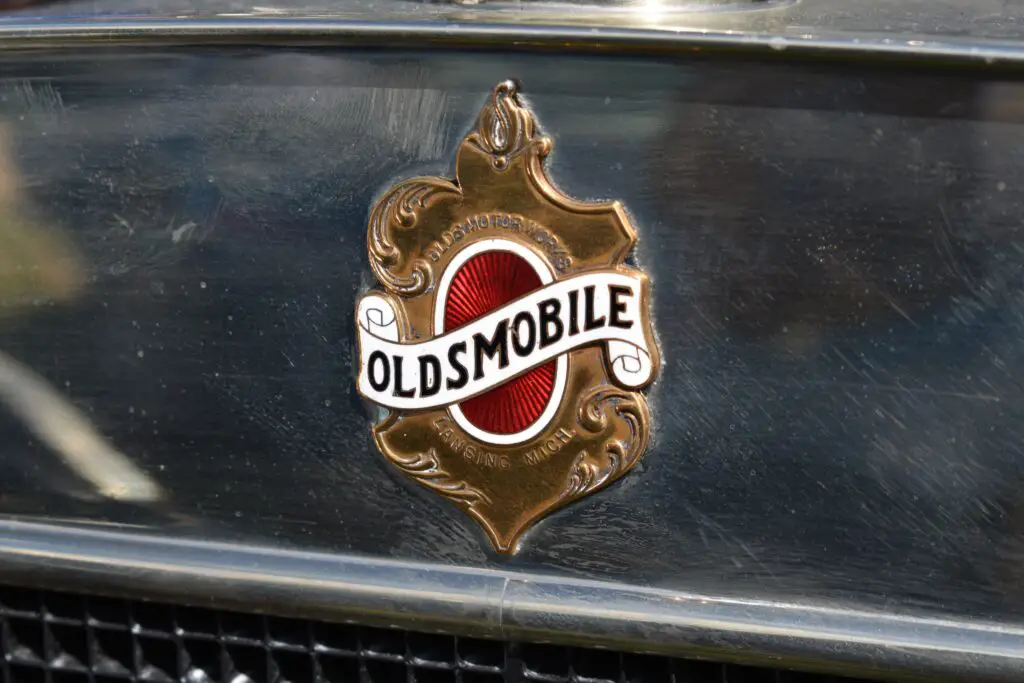
For decades, Oldsmobile was a go-to car brand for families, known for its reliability and style. Your parents might have driven one, and chances are, they saw their own parents in one too. The brand had a long history, dating back to 1897, and produced some truly iconic models like the Cutlass Supreme. Oldsmobile was also a pioneer in the automotive world, introducing innovations like the automatic transmission. It was the kind of brand that felt like a safe bet, a car you could count on says Oldsmobile Club of America.
But by the early 2000s, Oldsmobile started losing ground to flashier, more fuel-efficient competitors. General Motors tried to keep it afloat with new models, but sales kept dropping. In 2004, GM decided to pull the plug, making Oldsmobile the first of its brands to be discontinued. If you see one on the road today, it’s probably a well-maintained classic. The once-trusted family car brand is now just another piece of automotive history.
3. Pan Am
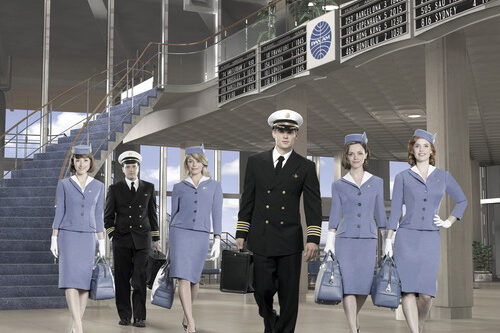
There was a time when Pan Am was the airline to fly, known for its luxury service and cutting-edge aircraft. It represented the golden age of air travel, back when flying was still an event, complete with gourmet meals and plenty of legroom. Your parents might remember its distinctive blue globe logo and stylish flight attendants. Pan Am was also a pioneer in international travel, being the first airline to fly around the world. It was the airline of choice for business travelers and vacationers alike shares Britannica.
But as air travel became more competitive, the company started struggling. A combination of rising fuel costs, financial mismanagement, and the fallout from the 1988 Lockerbie bombing led to its downfall. By 1991, Pan Am had completely shut down, leaving behind a legacy that still fascinates aviation enthusiasts. Even today, its name evokes a sense of nostalgia for a more glamorous time in flying. The idea of air travel being a luxurious experience seems almost unimaginable now.
4. Circuit City
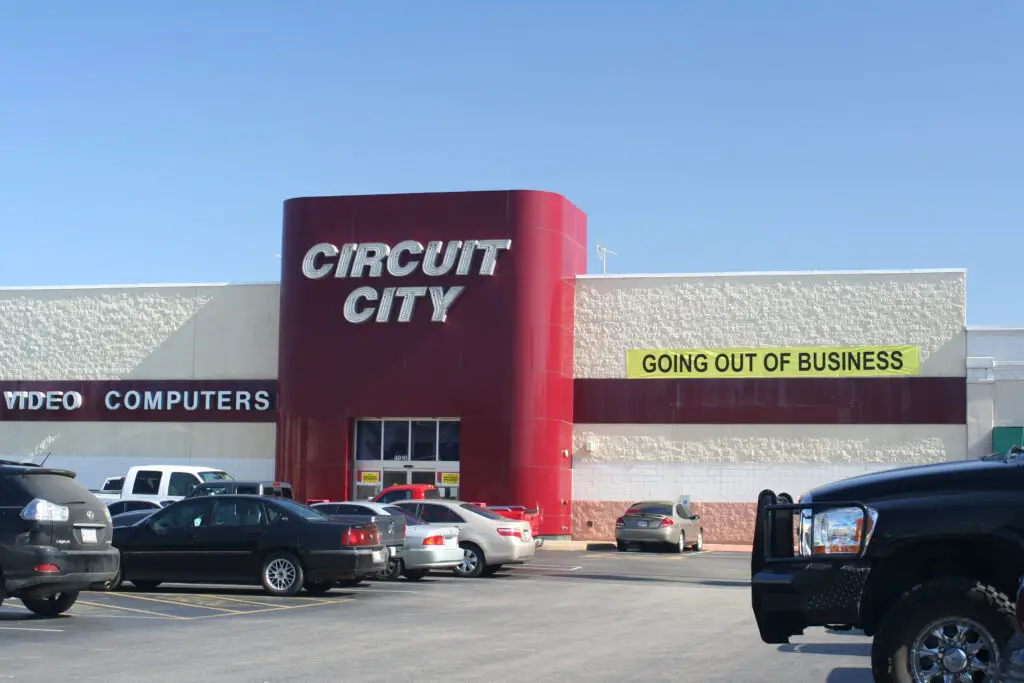
Before Best Buy dominated the electronics market, Circuit City was the place to go for TVs, stereos, and computers. Your parents probably bought their first VCR or camcorder there, back when home entertainment was a big deal. Circuit City was known for its massive showrooms and knowledgeable staff, offering top-of-the-line products. It was a go-to destination for families upgrading their home entertainment setups. For years, it seemed like an unstoppable force in retail electronics explains the American Genius.
But as online shopping took off and competitors like Best Buy and Walmart slashed prices, Circuit City struggled to keep up. In 2008, the company filed for bankruptcy and liquidated its stores, leaving tech lovers with one less option. The name was briefly revived as an online retailer, but it never regained its former glory. Now, it’s just another relic of the ‘80s and ‘90s electronics boom. The days of wandering through aisles of the latest gadgets are long gone.
5. Howard Johnson’s
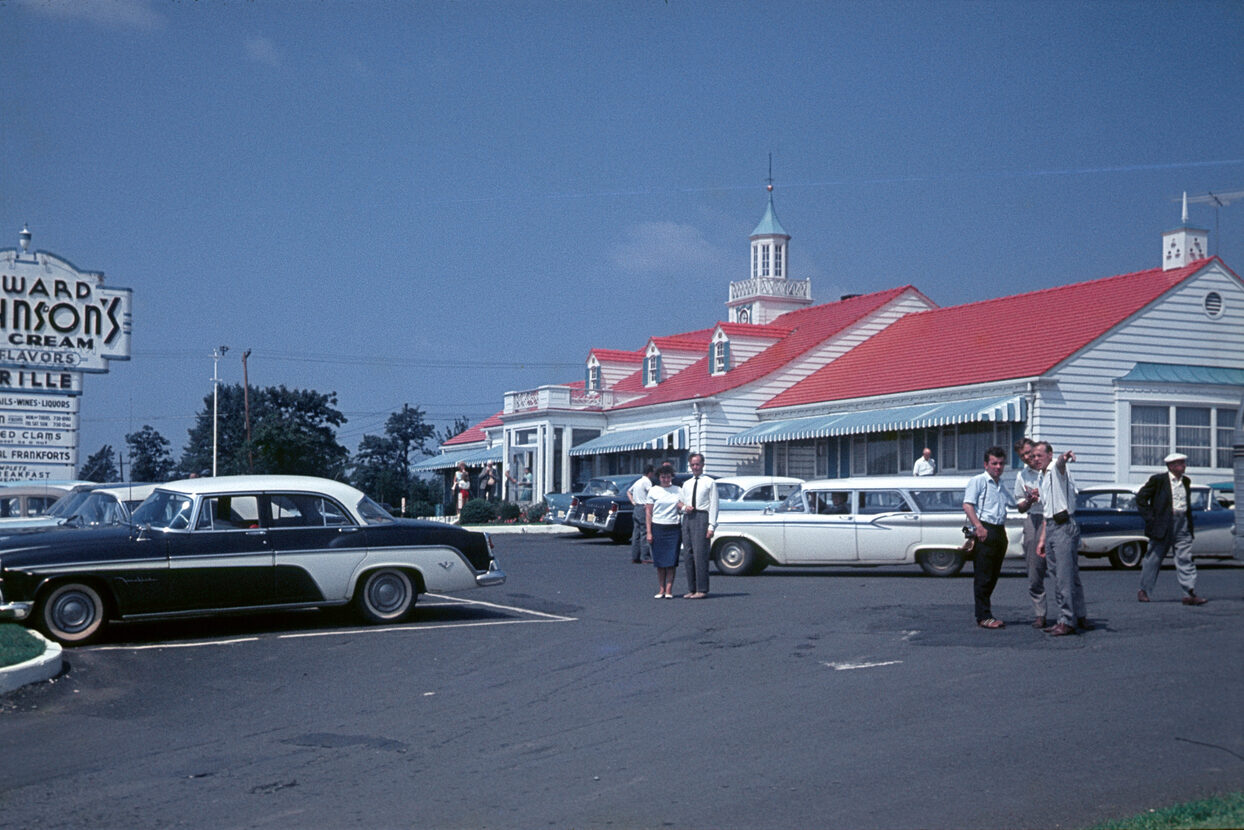
If your family ever took road trips in the ‘60s or ‘70s, chances are you stopped at a Howard Johnson’s restaurant or motel. Known for its orange roofs and 28 flavors of ice cream, Howard Johnson’s was once America’s largest restaurant chain. It had a cozy, family-friendly feel, making it the perfect pit stop for weary travelers. At its peak, it had over 1,000 locations across the country. Families could count on it for reliable meals and affordable lodging.
But as fast-food giants like McDonald’s and Burger King took over, Howard Johnson’s started to decline. The motels stuck around longer, but they too began fading away. The last restaurant closed in 2022, officially marking the end of a brand that once defined American road trips. While a few motels still exist under different ownership, they’re a far cry from their former glory. Another piece of roadside Americana has disappeared.
6. Blockbuster
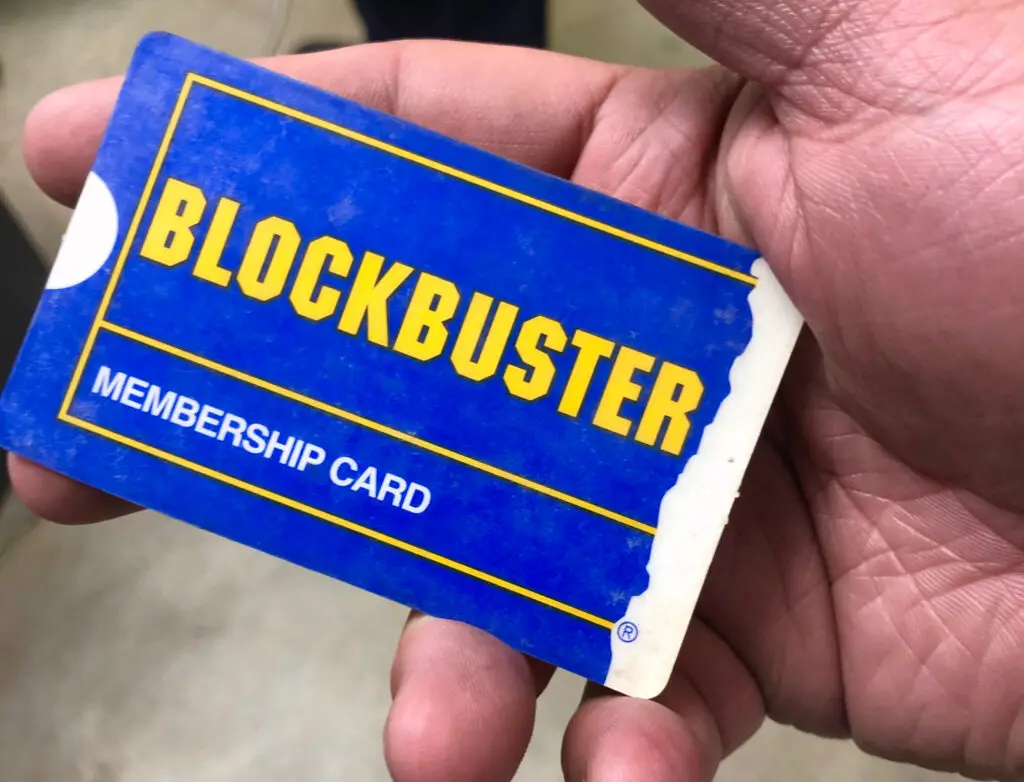
Friday nights in the ‘90s weren’t complete without a trip to Blockbuster to pick out a VHS or DVD. Your parents probably took you there, letting you browse the aisles while they grabbed a new release for themselves. Blockbuster was more than just a video rental store—it was an experience. It gave families a reason to gather around the TV together. At its height, there were over 9,000 locations worldwide.
But with the rise of Netflix and streaming services, renting movies from a store started to feel outdated. Blockbuster tried to adapt, but it was too slow to embrace digital technology. By the early 2010s, stores were shutting down left and right. Today, only one Blockbuster remains, in Bend, Oregon, serving as a nostalgic reminder of movie nights past. It’s hard to believe how quickly a brand that once ruled entertainment disappeared.
7. Kodak

For much of the 20th century, Kodak was the king of photography, making cameras and film that families relied on to capture their memories. Your parents probably had rolls of Kodak film tucked away in a junk drawer, waiting to be developed. The company revolutionized photography, making it accessible to everyday people with affordable cameras. It was a household name, synonymous with picture-taking.
But Kodak failed to adapt to the digital revolution, despite inventing the first digital camera in the ‘70s. Instead of embracing the change, it clung to its film business for too long. As smartphones and digital cameras took over, Kodak’s relevance faded. The company declared bankruptcy in 2012, and while the brand still exists in a smaller form, it’s nothing like the powerhouse it once was. The days of waiting for photos to be developed are now just a memory.
8. Borders
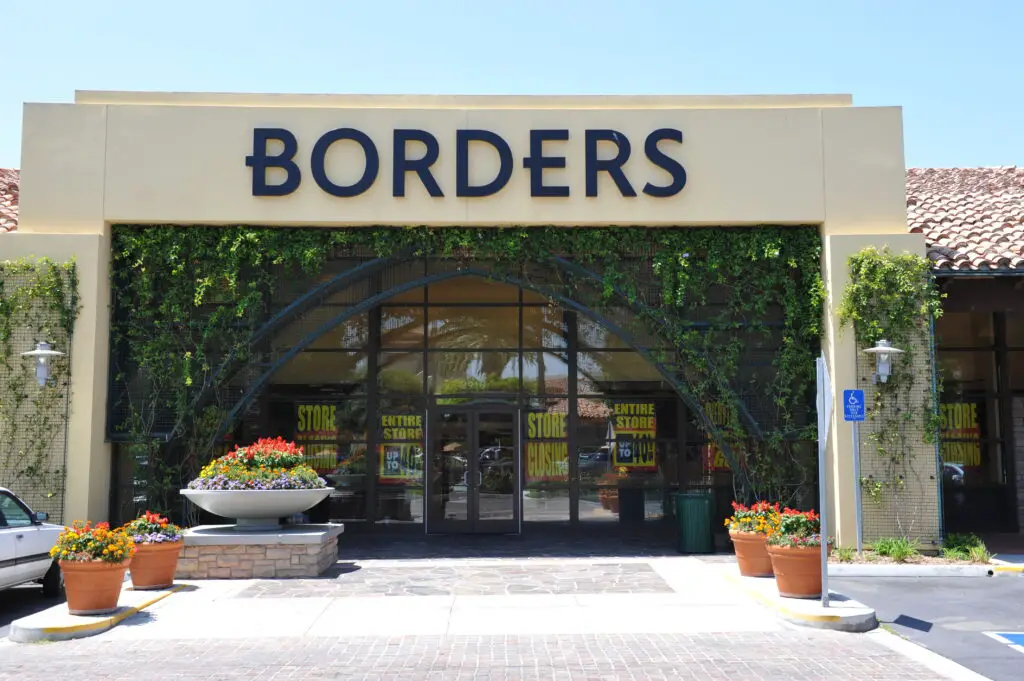
If your parents loved books, they probably spent hours browsing at Borders, one of the biggest bookstore chains of the ‘90s and early 2000s. Borders had a cozy atmosphere, complete with comfy chairs and a well-stocked café. It was a book lover’s paradise, often hosting author signings and special events. Unlike smaller independent bookstores, Borders had massive selections, making it easy to find just about any title. It was a place where families could spend an afternoon, flipping through books and sipping coffee.
But as Amazon and e-books took off, Borders found itself struggling to compete. Unlike Barnes & Noble, which invested in its Nook e-reader, Borders was slow to embrace digital books. Mounting debt and declining sales sealed its fate, and by 2011, Borders had closed all its stores. For those who loved wandering through its aisles, it was a heartbreaking loss. While bookstores still exist, they don’t quite capture the same feeling that Borders once had.
9. Woolworth’s
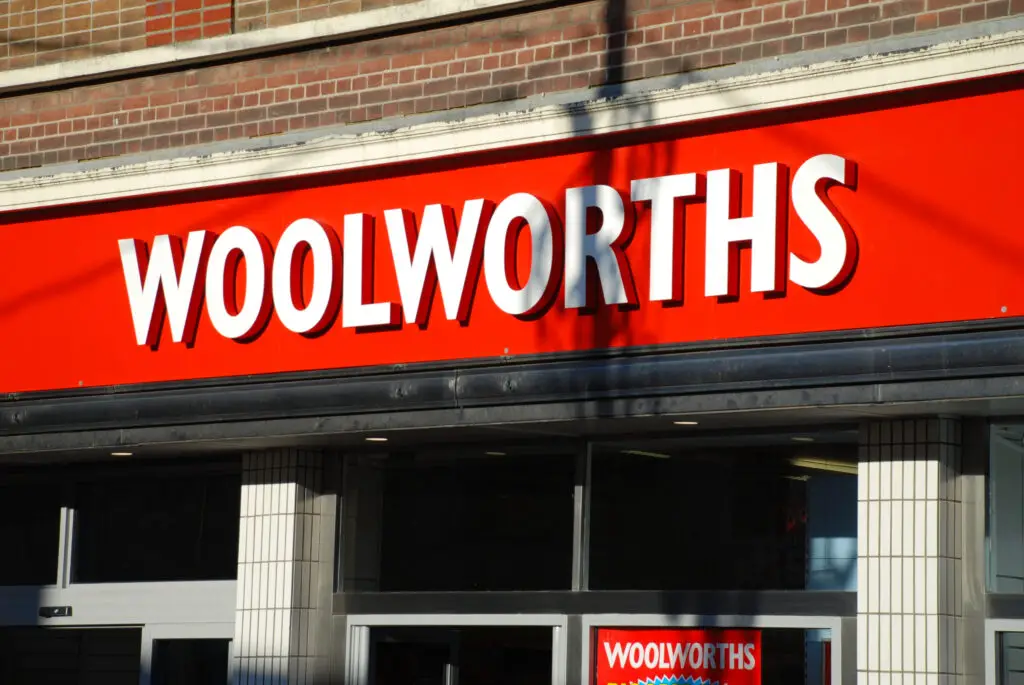
Once upon a time, Woolworth’s was the go-to five-and-dime store where you could find just about anything. Your parents might remember stopping at the lunch counter for a quick bite before picking up household essentials. Woolworth’s was an American institution, pioneering the modern retail chain concept. It had a little bit of everything, from clothing to toys to home goods. At its peak, it was one of the most recognizable names in retail.
But as shopping habits changed and discount stores like Walmart and Target took over, Woolworth’s lost its appeal. The company tried to modernize, but it couldn’t keep up with the competition. By 1997, the last Woolworth’s stores in the U.S. had closed. However, its legacy lives on through Foot Locker, which was once a division of Woolworth’s. While the name is gone, its influence on modern retail is still felt today.
10. Tower Records
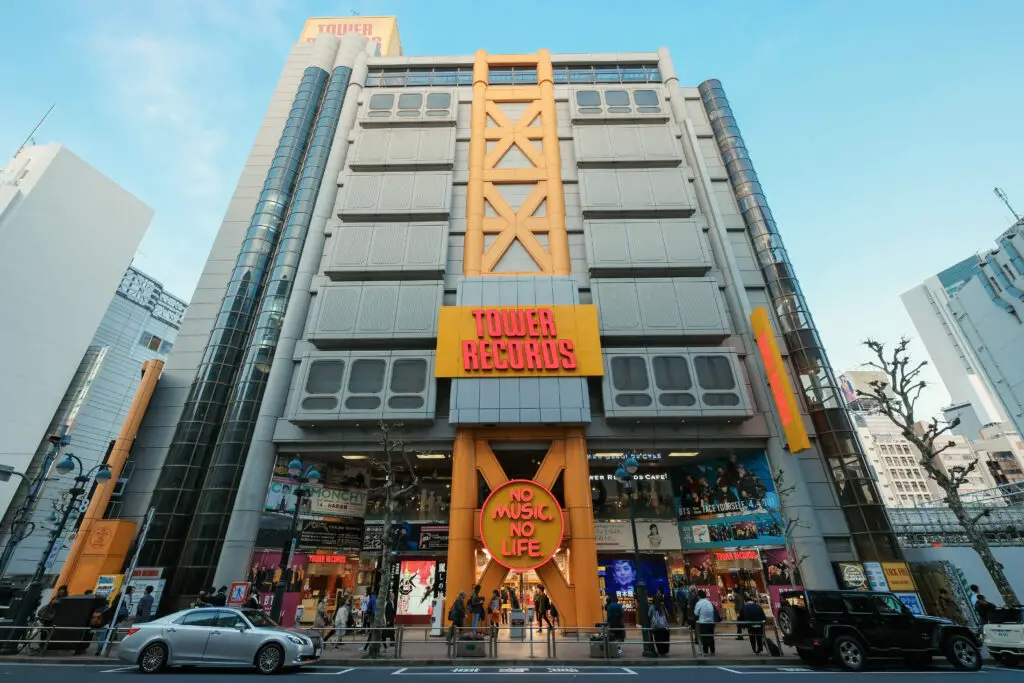
If your parents were music lovers, Tower Records was their go-to spot for the latest albums and concert tickets. It was more than just a record store—it was a cultural hub where fans gathered to explore new music. At its peak, Tower Records had locations all over the world, with massive stores in major cities. It had an energy that made shopping for music feel special, a place where customers could lose themselves for hours. Whether you were into rock, pop, or jazz, Tower had it all.
But as digital downloads and streaming services took over, physical music sales plummeted. Tower tried to adapt, but the shift happened too fast. By 2006, the company had filed for bankruptcy and closed its stores. Though it still exists as an online brand, the thrill of flipping through racks of vinyl and CDs in a Tower store is gone. Music shopping just doesn’t feel the same anymore.
11. Compaq

Before Dell and HP dominated the PC market, Compaq was one of the biggest names in personal computers. Your parents might have had a bulky Compaq desktop in the ‘90s, complete with a massive monitor and dial-up internet. Compaq was known for making some of the first affordable portable computers. It was a trusted brand for home offices and students alike. At its height, Compaq was one of the biggest competitors in the computer industry.
But as the competition grew fiercer, it struggled to keep up with newer, sleeker models from other brands. HP acquired Compaq in 2002, eventually phasing out the name entirely. The once-popular brand faded into obscurity, leaving behind a legacy of early personal computing. While computers are more powerful now, there was something nostalgic about those old, clunky Compaqs. If you ever used one, you probably remember the hum of the hard drive and the struggle of waiting for it to boot up.
12. TWA
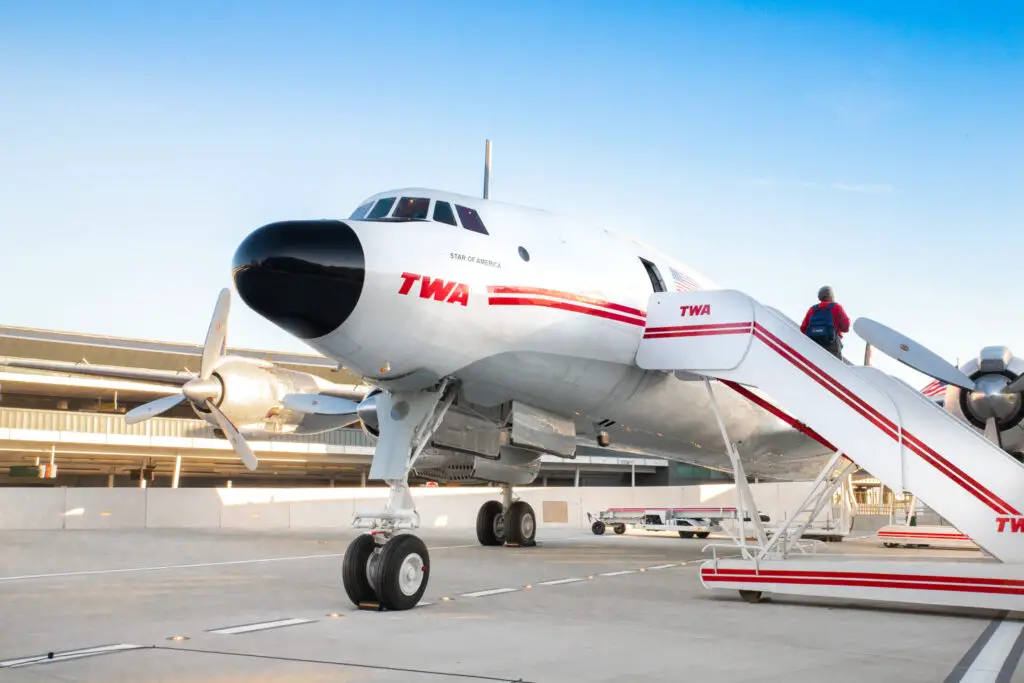
Your parents might have flown with Trans World Airlines (TWA) before it disappeared in the early 2000s. TWA was once a major player in American aviation, offering stylish service and international routes. It was the airline of choice for celebrities and business travelers alike. The airline had a reputation for luxury, making flying feel like a special experience. Even its logo, with the bold red letters, was instantly recognizable.
But financial troubles, labor disputes, and increased competition led to its downfall. In 2001, American Airlines bought TWA, effectively ending its reign. Though the brand name is gone, its legacy remains in aviation history. The old TWA terminal at JFK Airport has even been turned into a retro-themed hotel, keeping its memory alive. For those who flew TWA, it’s a reminder of a time when air travel felt just a little more glamorous.
